
Edwin Franko Goldman was an American composer and conductor. One of the most significant American band composers of the early 20th century, Goldman composed over 150 works, but is best known for his marches. He founded the renowned Goldman Band of New York City and the American Bandmasters Association. Goldman's works are characterized by their pleasant and catchy tunes, as well as their fine trios and solos. He also encouraged audiences to whistle/hum along to his marches. He wrote singing and whistling into the score of "On the Mall".

Nathaniel Shilkret was an American musician, composer, conductor and musical director.

The Goldman Band was an American concert band founded in 1918 by Edwin Franko Goldman from his previous New York Military Band. Both bands were based in New York City.
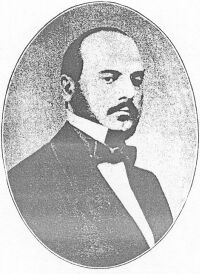
Joseph Jean-Baptiste Laurent Arban was a cornetist, conductor, composer, pedagogue and the first famed virtuoso of the cornet à piston or valved cornet. He was influenced by Niccolò Paganini's virtuosic technique on the violin and successfully proved that the cornet was a true solo instrument by developing virtuoso technique on the instrument.
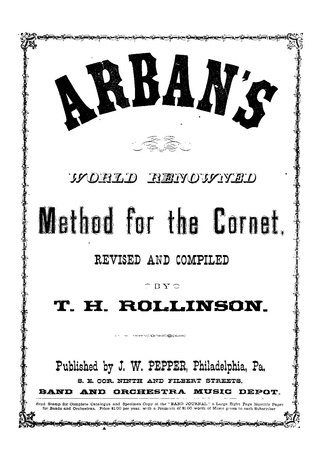
The Arban Method, titled with some variation over the years as Arban's World Renowned Method for the Cornet and Arban's Complete Celebrated Method for the Cornet, is a complete pedagogical method for students of trumpet, cornet, and other brass instruments. The original edition was written and composed by Jean-Baptiste Arban (1825-1889) and published in Paris by Léon Escudier in 1864. It has been reissued by multiple publishers, with notable revisions made by T.H. Rollinson published in 1879 by J.W. Pepper, Edwin Franko Goldman published in 1893 by Carl Fischer, and Claude Gordon published in 1982 also by Carl Fischer. It contains hundreds of exercises ranging from basic to advanced compositions, with later editions also including a selection of popular themes as solos and duets by various composers, and several original compositions by Arban including his famous arrangement of Carnival of Venice.

Herbert Lincoln Clarke was an American cornetist, feature soloist, bandmaster, and composer. He is considered the most prominent cornetist of his time.
The "Carnival of Venice" is based on a Neapolitan folk tune called "O Mamma, Mamma Cara" and popularized by violinist and composer Niccolo Paganini, who wrote twenty variations on the original tune. He titled it "Il Carnevale Di Venezia," Op. 10. In 1829, he wrote to a friend, "The variations I've composed on the graceful Neapolitan ditty, 'O Mamma, Mamma Cara,' outshine everything. I can't describe it."
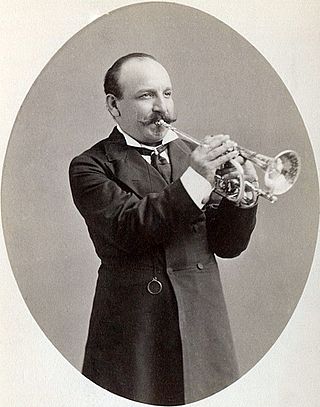
Jules Levy was a cornetist, teacher and composer.

Bohumir Kryl was a Czech-American financial executive and art collector who is most famous as a cornetist, bandleader, and pioneer recording artist, for both his solo work and as a leader of popular and Bohemian bands. He was one of the major creative figures in the era of American music known as the "Golden Age of the Bands".
Herman Bellstedt was a well-known American cornet soloist.

Ernest S. Williams was a prominent American band conductor, cornet soloist, composer, and music educator.

Flora Edna White, known professionally as Edna White and privately for much of her life as Edna White Chandler, was an American trumpet soloist, chamber musician, vaudeville performer, and composer. A child prodigy, White began her professional career as a soloist in 1901 at the age of eight and graduated from the Institute of Musical Art in 1907. White, who switched from cornet to trumpet during her studies at the institute, was one of the first soloists to perform on trumpet rather than cornet.
Walter Bowman Rogers was an American cornet player, concert band and orchestral conductor and composer, who was responsible for most of the orchestral arrangements on recordings made for the Victor Talking Machine Company between 1904 and 1916. He left the Victor Company when he accepted an equity partnership with the Paroquette recording company, a venture which ended when the company went into receivership. He accepted arranging, conducting positions with the Paramount and Emerson companies before he was offered an executive-level position by the Brunswick-Balke-Collander Company when the nationally known manufacturer of bowling, saloon, and phonograph cabinetry decided to expand its operations in the talking-machine industry by creating a line of phonograph recordings. Rogers became Brunswick’s director of classical-music releases, a role he held until shortly before the Brunswick phonograph division was acquired by the Warner Brothers film corporation in April 1930.
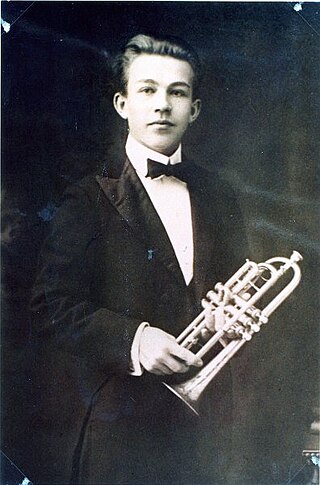
Waino Kauppi was a musician who played both the cornet and the trumpet. Known as the "Boy Wonder", at age 12 Kauppi was one of the first triple-tonguing cornetists. He played as a cornet soloist for bands like the Edwin McEnelly Orchestra, the Goldman Band and, his own, Waino Kauppi Suomi Orkesteri. He had numerous records to his credit.
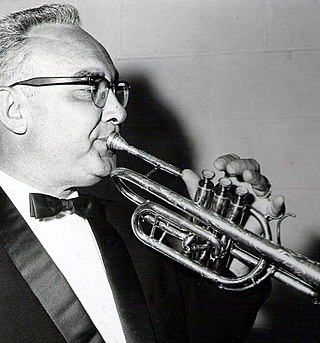
James Francis Burke was an American cornet soloist. He was the principal cornet soloist with the Goldman Band from 1943 to 1974. He was also the principal trumpet with The Baltimore Symphony Orchestra from 1943 to 1949. Mr. Burke, who had the use of only one arm, was considered the greatest virtuoso of his time on the instrument, according to Ainslee Cox, conductor of the Guggenheim Memorial Band.
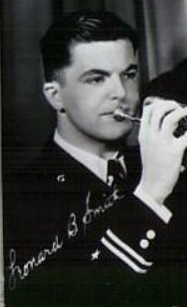
Leonard Bingley Smith was an American cornet soloist, conductor, and composer.
Vincent C. Buono was an American cornet and trumpet soloist. He was the principal trumpet with The New York Symphony Society from 1922 to 1923. He was also the principal cornet soloist with the Goldman Band in 1923.
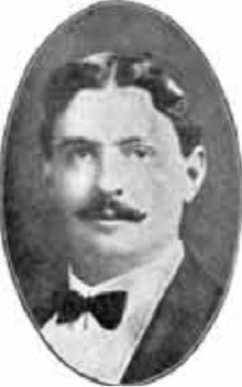
David Cobb Rosebrook was an American cornet soloist, trumpeter, composer and conductor. He was the principal trumpet with the San Francisco Symphony from 1912 to 1919, and the principal cornet soloist with the Goldman Band in 1935.
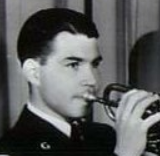
J. Frank Elsass was an American cornet soloist. He was the assistant cornet soloist with the Goldman Band from 1934 to 1940. He was also a member of the Barre Little Symphony from 1937 to 1940.
Pietro Capodiferro was an American trumpeter, cornetist and recording artist. He was the principal trumpet with the Metropolitan Opera Orchestra from 1912 to 1919.















